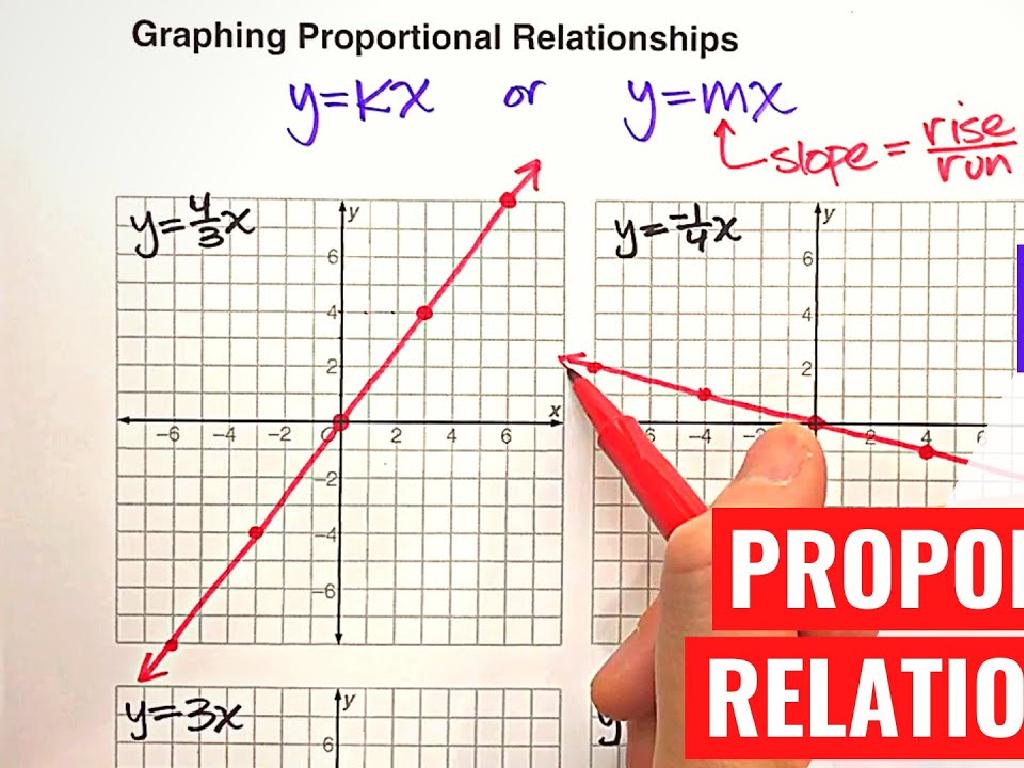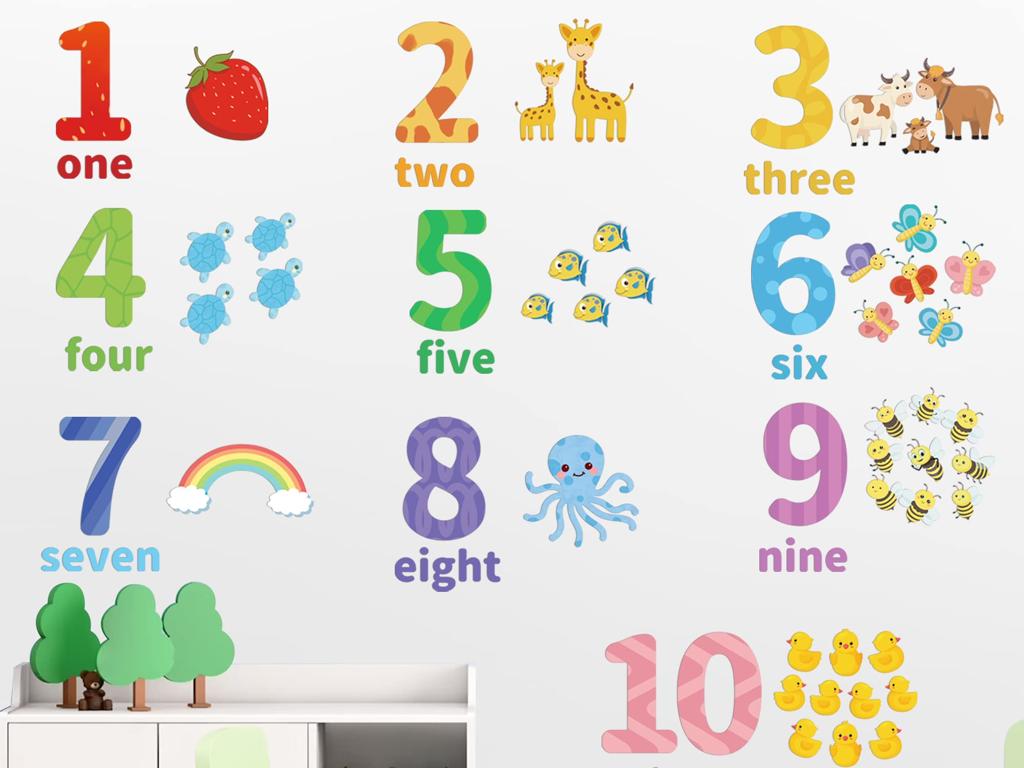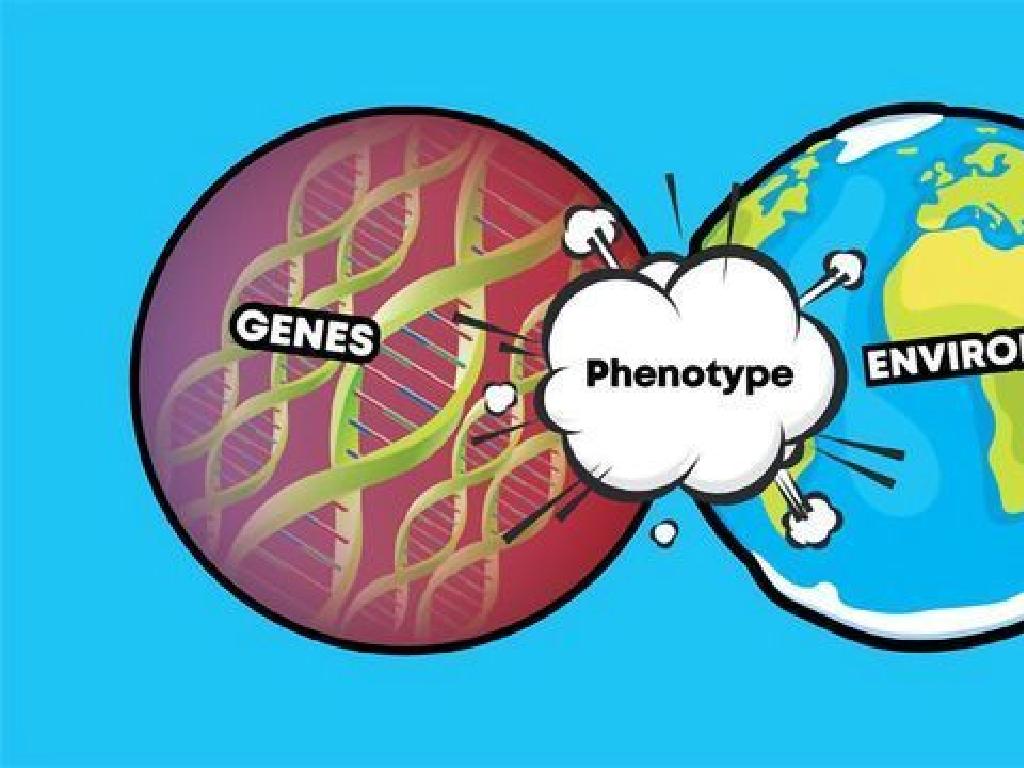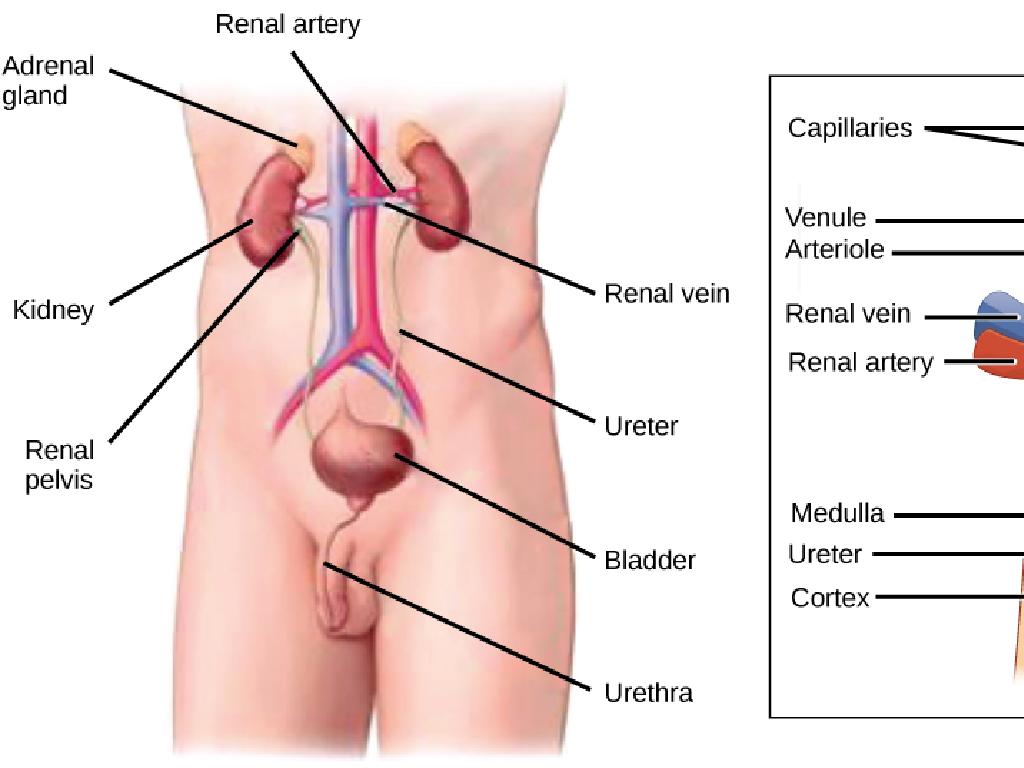Analyze Passages From The Outsiders: Part 2
Subject: Language arts
Grade: Eighth grade
Topic: Novel Study
Please LOG IN to download the presentation. Access is available to registered users only.
View More Content
Diving Deeper into ‘The Outsiders’: Part 2
– Overview of ‘The Outsiders’
– A novel by S.E. Hinton about teenage struggles and societal issues.
– Recap of Part 1
– Review key events and character developments from Part 1.
– Today’s lesson focus
– Analyzing themes and character dynamics in Part 2.
– Engaging with the text
– Discuss and interpret significant passages from Part 2.
|
This slide introduces the second part of ‘The Outsiders’ novel study. Begin with a brief overview of the book, highlighting its themes of social conflict and personal growth. Recap the main events and character arcs from Part 1 to refresh students’ memories and set the stage for Part 2. Outline the objectives for today’s lesson, which include analyzing key themes and how characters interact and develop further in the story. Encourage students to think critically about the text and prepare for a discussion on the significant passages they will explore. The goal is to deepen their understanding of the novel’s context and the author’s message.
Characters and Themes in The Outsiders: Part 2
– Review main characters’ roles
– Focus on Ponyboy, Johnny, and Dally’s evolution
– Discuss novel’s major themes
– Themes like social class, loyalty, and violence
– Explore characters-themes relationship
– How Ponyboy’s relationships illustrate themes
– Analyze character development
|
This slide aims to deepen students’ understanding of the complex relationship between the characters and the themes in ‘The Outsiders’. Begin by reviewing the main characters, particularly focusing on their roles and development throughout the novel. Discuss the major themes such as the socioeconomic divide between the Socs and the Greasers, the meaning of loyalty among friends, and the impact of violence. Encourage students to think about how the characters’ interactions and personal growth are influenced by these themes. For example, analyze how Ponyboy’s relationships with other characters, like Johnny and Dally, are shaped by the struggles they face due to their social class and how these relationships, in turn, affect the themes of the novel. This discussion will help students to not only remember the content but also to engage critically with the text.
Setting the Scene in ‘The Outsiders’: Part 2
– Comprehend the setting’s impact
– Time and place shape the story’s backdrop and mood
– 1960s social context
– Explore the distinctive social dynamics of the 1960s
– Setting’s influence on characters
– How does the era and location affect the characters’ decisions and interactions?
– Analyzing setting through passages
|
This slide aims to deepen students’ understanding of the setting in ‘The Outsiders’ and its significance to the narrative. The setting, both in time and place, is crucial as it provides the backdrop against which the story unfolds and influences the characters’ lives and interactions. The 1960s were a time of significant social change, which is reflected in the characters’ experiences and the novel’s themes. Discuss how the setting shapes the characters’ identities, actions, and the story’s direction. Use specific passages from the book to illustrate how S.E. Hinton integrates the setting into the characters’ development and the plot. Encourage students to think critically about the setting’s role and to cite textual evidence during discussions.
Analyzing Passages from The Outsiders: Part 2
– Read selected passages from Part 2
– Identify literary devices used
– Look for metaphors, similes, and personification
– Discuss passage significance
– Why are these passages important to the story?
– Relate to overall themes
– How do they connect to the novel’s larger messages?
|
This slide is aimed at guiding students through a deeper analysis of ‘The Outsiders’ Part 2. Start by reading the selected passages aloud, encouraging students to follow along. Then, work together to identify any literary devices present, such as metaphors, similes, or personification, and discuss why S.E. Hinton might have used these particular devices. Next, engage the class in a discussion about the significance of these passages to the plot and character development. Finally, encourage students to think about how these passages relate to the overall themes of the novel, such as the struggle between different social classes, the search for identity, and the value of friendship. This activity will help students to not only understand the text better but also to appreciate the author’s craft in storytelling.
Character Development in The Outsiders: Part 2
– Changes in characters over time
– Observe how characters evolve through challenges
– Instances of character growth
– For example, Ponyboy’s maturity after critical events
– Group discussion on development
– Share insights on characters’ journeys with peers
– Reflect on personal connections
– Relate characters’ experiences to your own life
|
This slide aims to explore the dynamic nature of the characters in ‘The Outsiders’ Part 2. Students should examine how the characters change as a result of the events in the novel. Provide specific examples of character development, such as Ponyboy’s increased maturity and understanding of the world around him. Organize a group discussion where students can share their observations and insights on how the characters grow throughout the story. Encourage them to make personal connections, relating the characters’ experiences to their own lives, which will deepen their understanding of the novel’s themes and messages. This activity will also foster empathy and critical thinking skills.
Themes in Depth: The Outsiders Part 2
– Exploring key themes
– Belonging, conflict, identity are central themes.
– Portrayal in The Outsiders
– Analyze how characters deal with these themes.
– Relating themes to self
– How do these themes relate to your own life?
– Discussing personal connections
|
This slide delves into the significant themes of belonging, conflict, and identity as presented in Part 2 of ‘The Outsiders.’ Students should examine how the characters’ interactions and developments in the story exemplify these themes. Encourage students to think critically about how these themes are woven into the narrative and to draw parallels between the characters’ experiences and their own lives. This will not only deepen their understanding of the literary work but also enhance their empathy and personal insight. In the next class, facilitate a discussion where students can share their thoughts and reflections on these themes, fostering a richer classroom dialogue.
Exploring Literary Devices in The Outsiders
– Identify similes, metaphors, symbolism
– Similes compare using ‘like’ or ‘as’; metaphors imply direct comparison; symbolism uses objects or actions to represent ideas.
– Discuss their narrative impact
– How do these devices enhance the story’s themes, characters, and setting?
– Group practice: analyze a passage
– In groups, choose a passage and find a literary device used by S.E. Hinton.
– Share findings with the class
– Each group will present their analysis to the class, explaining the device’s effect.
|
This slide aims to deepen students’ understanding of literary devices and their function within a narrative. Begin by defining similes, metaphors, and symbolism, providing examples from The Outsiders. Engage the class in a discussion about how these devices influence the reader’s perception of the story, characters, and themes. For the group activity, instruct students to select a passage from the novel, identify the literary device used, and explain its significance. This exercise will help students practice critical thinking and analytical skills. As a teacher, facilitate the group discussions, provide feedback, and ensure each group understands the devices they are working with. The sharing session at the end will allow for a collaborative learning environment where students can learn from each other’s insights.
Class Activity: Role-Play from ‘The Outsiders’
– Divide into groups for role-play
– Assign characters from The Outsiders
– Act out a scene from Part 2
– Discuss characters’ motives and emotions
– Reflect on why characters behave as they do and how they feel during the scene
|
This interactive class activity is designed to deepen students’ understanding of the characters and plot in ‘The Outsiders: Part 2′. By engaging in role-play, students will explore the text from an insider’s perspective, gaining insight into the characters’ motives and emotions. Teachers should facilitate the division of students into small groups, ensuring each group has a mix of abilities. Assign each group a specific scene from Part 2 to act out, making sure all characters are represented. After the role-play, guide a discussion that encourages students to reflect on the reasons behind the characters’ actions and their emotional responses to the events of the scene. This will help students analyze the text on a deeper level and empathize with the characters. Possible variations of the activity could include writing a diary entry from a character’s perspective, drawing a key scene, or creating an alternative dialogue for a scene.
Reflection and Discussion on The Outsiders: Part 2
– Share insights from role-play
– Open floor for questions
– Relate Part 2 to personal experiences
– How do the characters’ struggles resonate with you?
– Discuss the impact of the story
– How does the story influence our view of society?
|
This slide is meant to facilitate a reflective discussion following a role-play activity based on ‘The Outsiders: Part 2′. Students should be encouraged to share their insights and how stepping into the characters’ shoes has affected their understanding of the text. Open the floor for any questions the students might have, fostering an environment where they feel comfortable to inquire and explore the themes of the novel. Prompt students to draw parallels between the events in the book and their own lives, discussing how the characters’ struggles and growth might resonate with their personal experiences. Lastly, encourage a discussion on the broader impact of the story on their perception of society and the different social dynamics at play. This will help students to critically analyze literature and its connection to the real world.
Homework: Diary Entry as a Character
– Write a character’s diary entry
– Choose a character from ‘The Outsiders’ and write from their viewpoint.
– Express thoughts and feelings
– Convey what the character might be thinking or feeling about the events.
– React to Part 2 events
– How did the character respond to the conflicts or challenges faced?
– Include three literary devices
– Use metaphors, similes, and personification from our lesson.
|
This assignment encourages students to empathize with a character from ‘The Outsiders’ and explore their inner world through a creative diary entry. Students should reflect on the character’s experiences in Part 2 of the novel, expressing personal thoughts, emotions, and reactions to the plot developments. They must also demonstrate their understanding of literary devices by incorporating at least three, such as metaphors, similes, and personification, which were covered in today’s lesson. This exercise will help students practice narrative writing and deepen their comprehension of the text and its characters. For the next class, be prepared to discuss how these literary devices enhance the diary entry and the portrayal of the character’s perspective.






